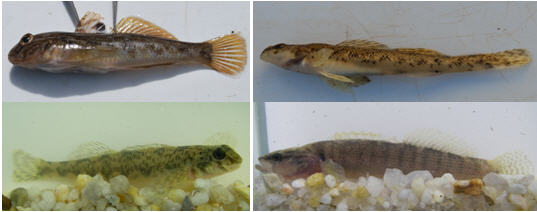Abstract:
Community ecologists face the challenge of summarizing considerable amounts of information regarding species distributions and environmental conditions. Often, this challenge is met through the use of multivariate statistical approaches. Stream fish community ecologists, much like the broader ecological community, appear to favor the use of ordination methods over clustering approaches. One potential reason is due to the development of various tools to help us determine the interpretability or “significance” of ordination axes, whereas ecologists appear unfamiliar with the comparable tools available for examining cluster analysis. We use fish abundance data from two river systems to demonstrate several of these approaches. We demonstrate how the methods may be used to determine the relative strength of groups of sampling locations and species assemblages relative to the background variability. We contrast the methods to demonstrate their relative merits, both advantages and disadvantages, in studies commonly conducted by stream ecologists.
Citation: Jackson, D.A., Walker, S.C., and M.S. Poesch. (2010) Cluster analysis of fish community data: “New” tools for Determining Meaningful Groupings of Sites and Species Assemblages. pp. 503-527 In Gido K. and Jackson D.A. (eds.) Community Ecology of Stream Fishes: Concepts, Approaches & Techniques, AFS, Bethesda, MD.
Also Read:

